Foil Boat Brisket
Here we are at the end of May—the month that we at ThermoWorks deem BBQ month—and I hadn’t yet cooked a brisket. How had this happened? The situation called for a remedy! Of course we always want to try new things, so we decided it was finally time to take a shot at the foil-boat method of brisket cookery, made famous by Chud’s BBQ.
Foil boat brisket is just what it sounds like it is. You smoke a brisket for a few hours to get it smoky, then you create a foil boat around its lower half so that anything that is rendered out braises the bottom of the brisket. We wondered if it could deliver on the promised outcome, so we gave it a shot. The result? Excellence. Our result was, of course, aided by the constant temperature we achieved with our Billows™ BBQ Control Fan and our Signals™ thermometer. The right tools always help, right? Let’s get into it and look more closely at this method.
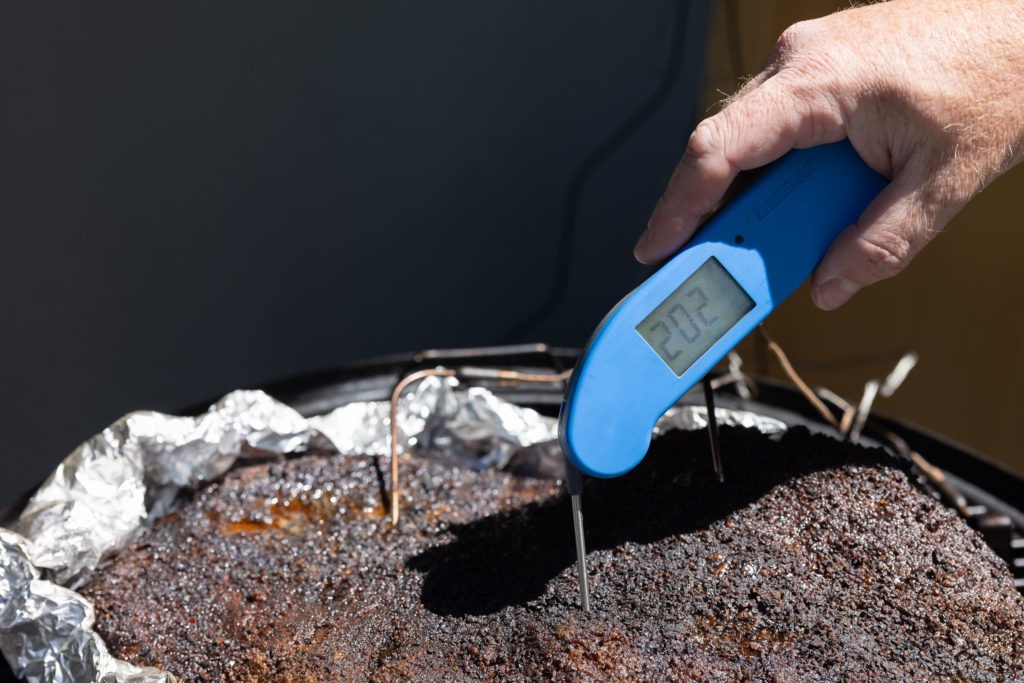
Why cook a brisket in a foil boat?
Cooking brisket in a foil boat is all about tender flat meat and a deliciously firm/crisp bark. Putting brisket in a boat of foil doesn’t prevent any evaporative cooling, so there’s no help getting past the stall. But it does prevent juices that are cooked out of the meat from dripping away.
The boat catches any fat, any juice that would normally drip off of the brisket and pools it around the meat. This mini braising bath not only results in deeper flavor, but can help keep the bottom of your brisket from drying out. Yes, it’s true that the water that is expelled by the muscle in the flat as it cooks will seep out through the meat, but collecting it keeps the bottom of the brisket from turning into jerky.
And while the bottom of the brisket is simmering softly in its boat, the top of the brisket (the fat side, in this case) continues to work on its tan, as it were. The exposed top develops amazing bark because it is basking in the dry heat and smoke throughout the entire cook. The result is perfect bark on top and a bottom that isn’t hard to cut through or chew.
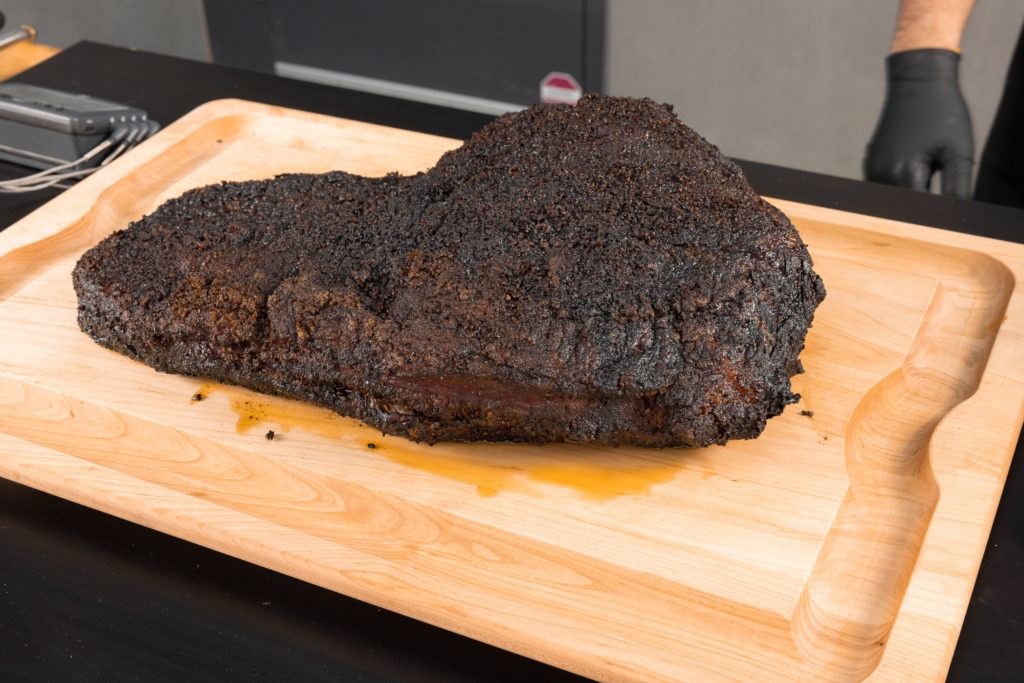
Temperatures for foil boat brisket
The temperatures are the same as they are for the briskets that we cooked in our brisket primer. We set up our Signals™ multi-channel thermometer and our Billows™ BBQ Control Fan to maintain our pit at 250°F (121°C) for the whole cook. We used a Weber Smokey Mountain with two Billows, but you can use whatever cooker you like, as long as you keep that indirect heat in the neighborhood of 250°F (121°C).
As we said above, this method is roughly equivalent to cooking a naked brisket, meaning there is going to be a stall. Our brisket—which started out at 17.6 lb. pre-trim weight—had at least a 9-hour stall and a total cook time of about 17 hours to get to our pull temp.
We were looking for a doneness temp of about 201°F (94°C), but the foil-boating happens at about 165°F (74°C). For both temperatures, using Signals to monitor temps is perfect. with four channels you can track the temp in the flat, the point, and the pit, and you’ll still have one free! Set the high-temp alarm on your meat channels for 165°F (74°C) during the first part of the cook, then make the foil boat out of a double layer of heavy-duty foil, and scrunch it up around the whole perimeter of the brisket.
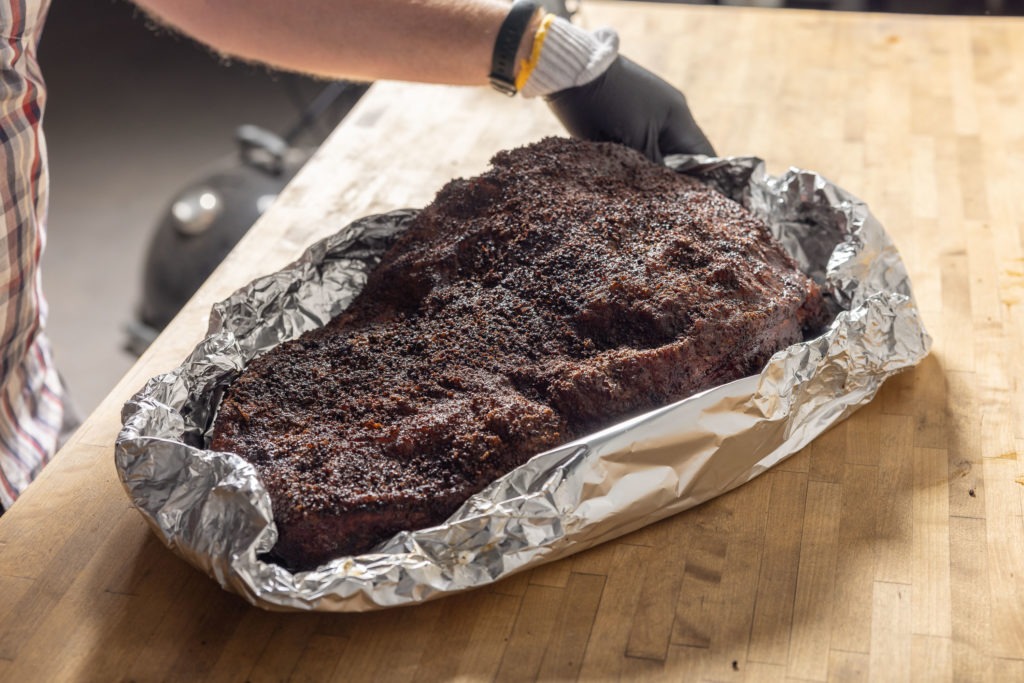
Once the brisket is on a boat, reset the high-temp alarms for 201°F (94°C). When you get up to temp, verify temp and tenderness with your Thermapen® ONE.
Bottom line
Cooking brisket in a foil boat doesn’t speed things up. You cook it at 250°F (121°C) until it reaches 165°F (74°C), then put it in a foil boat and finish the job until it gets to 201°F (94°C), and that takes just as much time as cooking without any foil or paper. But adding the foil boat isn’t hard, and the savings you get in texture is well worth the minimal effort. Braising the beef in its own fat and juices keeps the bottom tender so that you can push for amazing bark on the top fat cap layer. Use Signals and Billows to keep an eye on the temperatures so you know when to boat it up and when to check its final temp and texture. With the right tools, it’s practically foolproof!
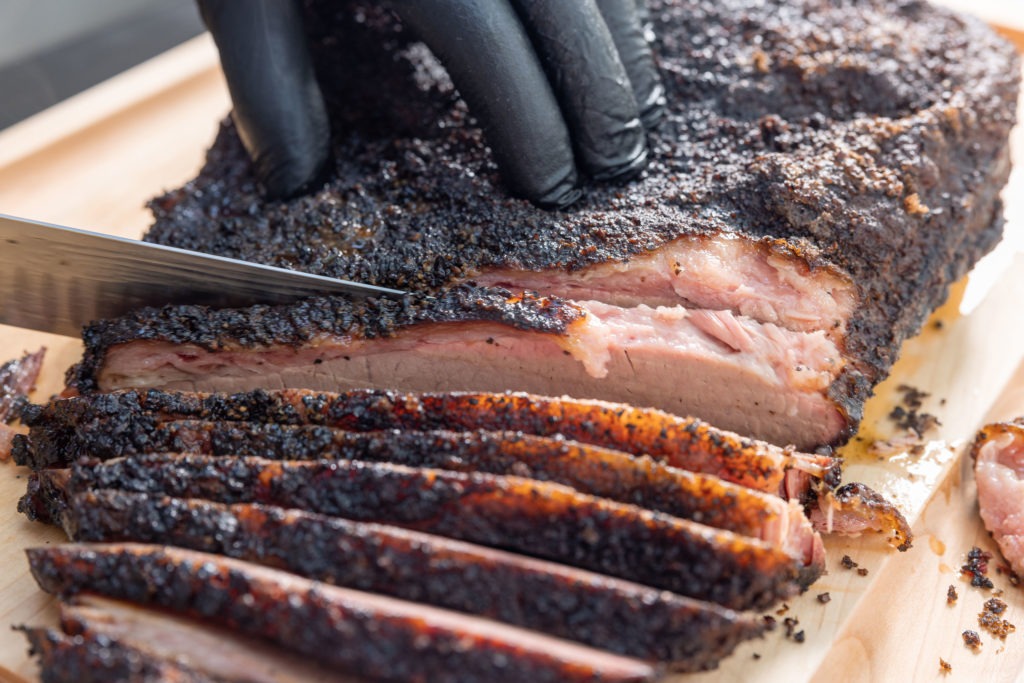
If you’ve neglected to make a brisket this month, follow our lead and get to it! Your smoker, your family, and your tongue will all thank you. Happy cooking!

Foil Boat Brisket
Description
Beef brisket, cooked in a foil boat for a tender bottom that doesn’t dry out.
Ingredients
- 1 beef packer brisket
- Yellow mustard, about 3–4 Tbsp for binding
- BBQ rub of your choice (we used S&P with some celery seed, paprika and garlic powder)
- Foil
Instructions
- Preheat your smoker to 250°F (121°C). If you’re not using a pellet smoker, use Billows to set and regulate the temperature. Add a chunk of your preferred smoking wood.
- Trim your brisket to your liking. Rub the brisket with yellow mustard to establish a binder coat.
- Season the brisket liberally with the rub.
- Place the brisket in the smoker, fat-side up. Insert a Signals probe into the flat and another into the point. Set the high-temp alarm on both channels to 165°F (74°C).
- Smoke the brisket. If you’ve connected your Signals to your Wi-Fi, monitor its progress on the app or on the cloud.
- When the high-temp alarms sound, lay out a double layer of foil on a flat workspace. Transfer the brisket to the foil, keeping the fat side up, and scrunch it up all around the edge.
- Move the boat of brisket back to the smoker. Re-insert the probes and reset the probe high-temp alarms for 201°F (94°C). Close the lid and continue to smoke.
- When the high-temp alarms sound several hours later, verify the doneness temperature and the tenderness using your Thermapen ONE.
- Remove the brisket from the smoker and let it rest for at least a half hour.
- Slice it up and serve it!
Shop now for products used in this post:


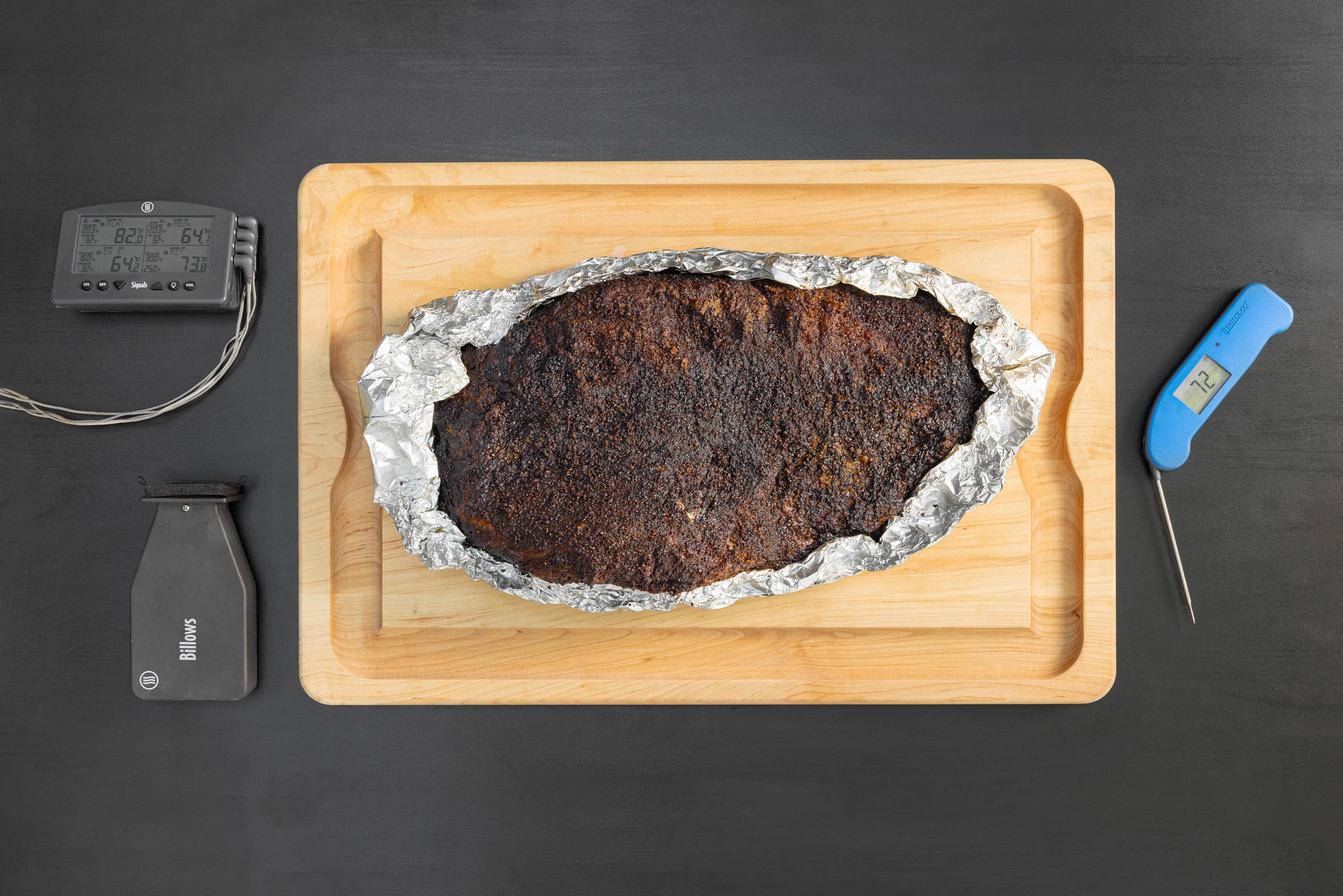
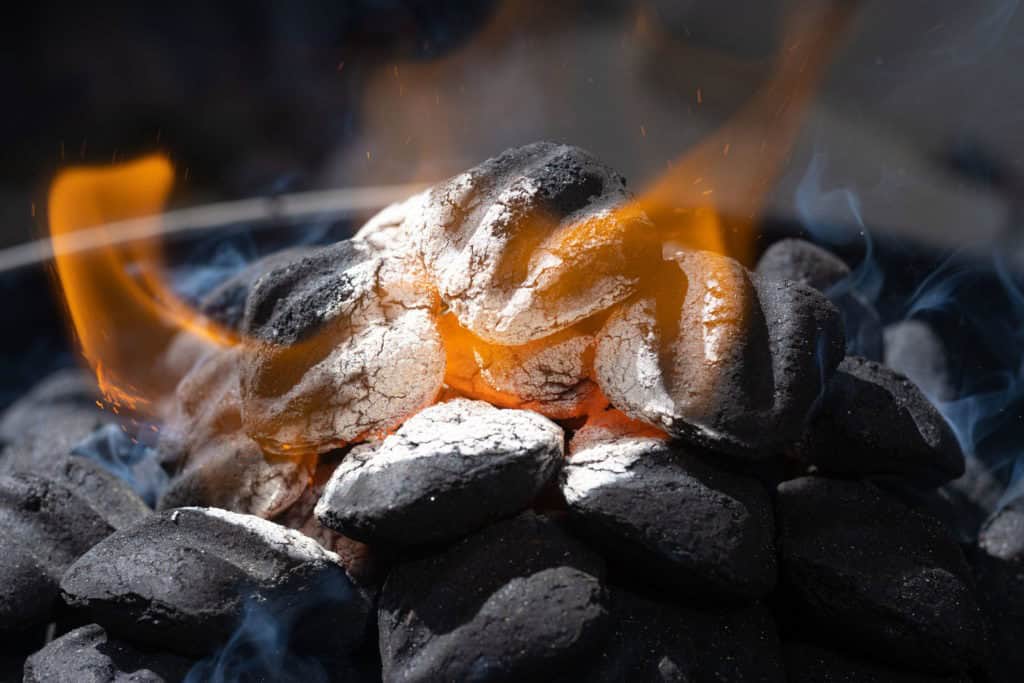
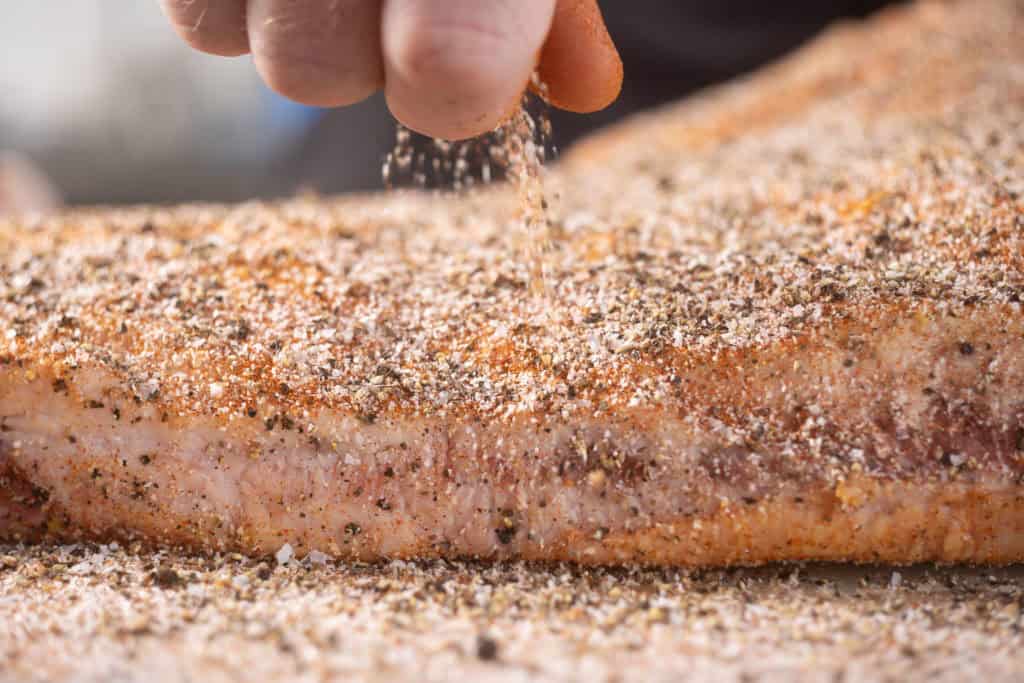
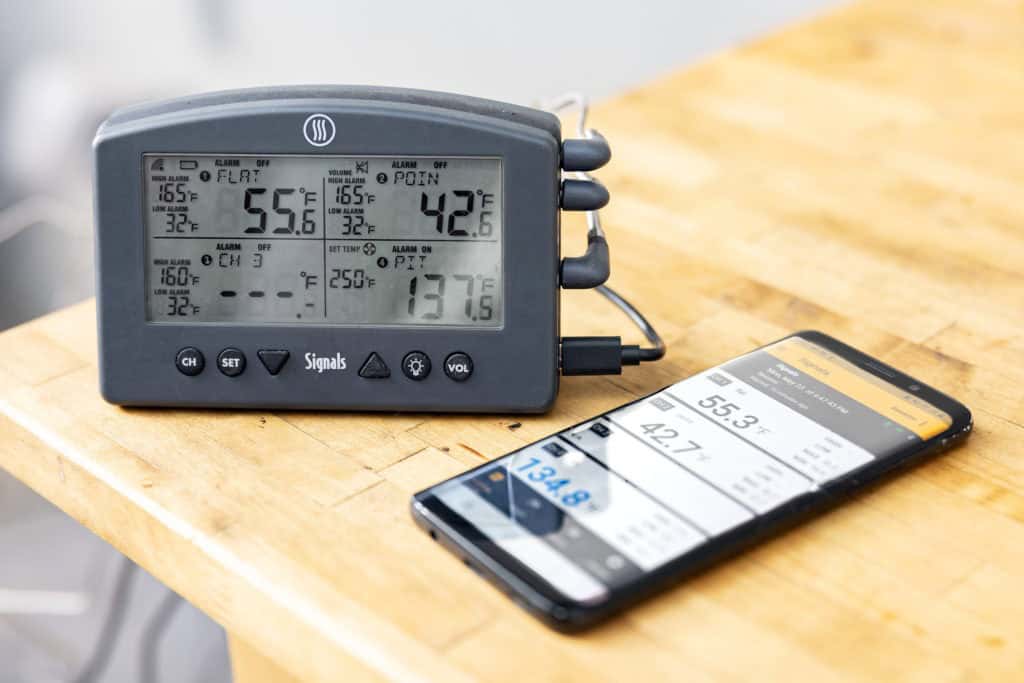
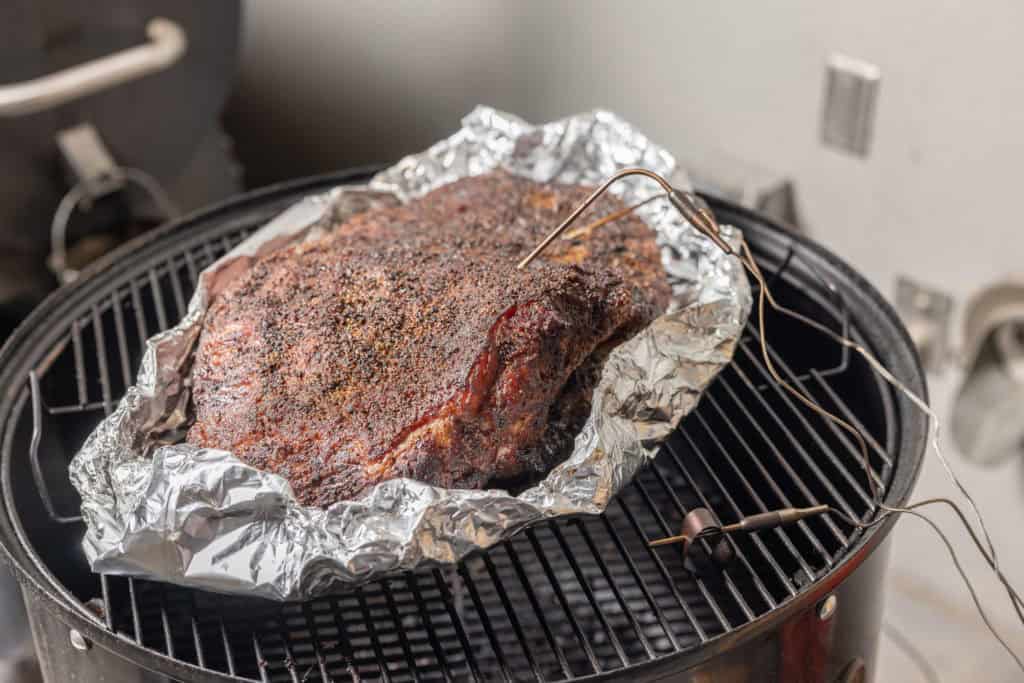
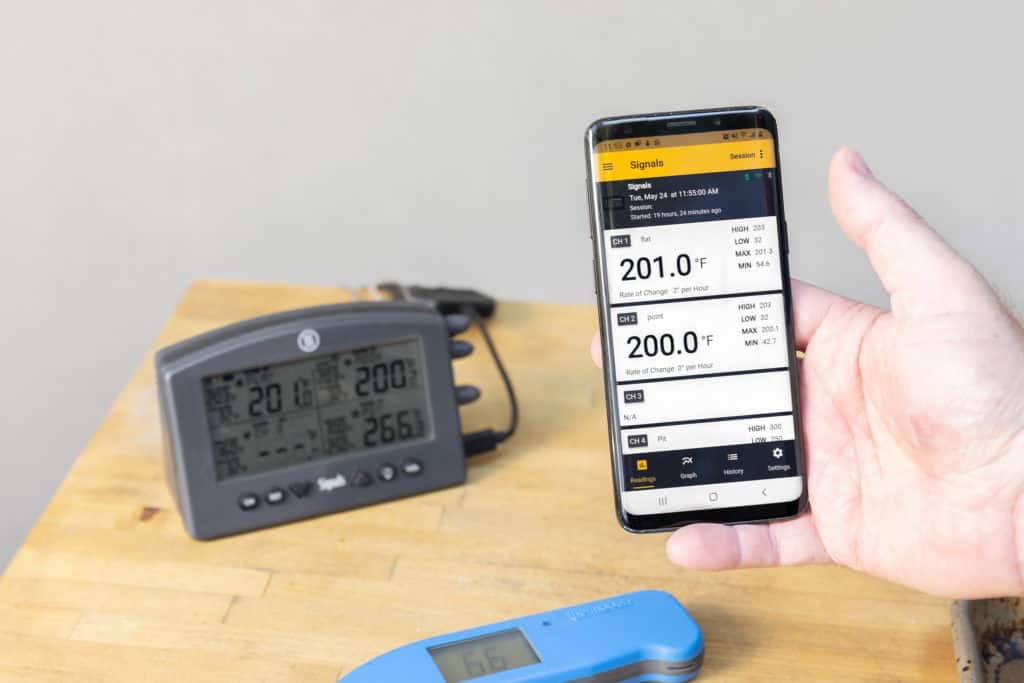
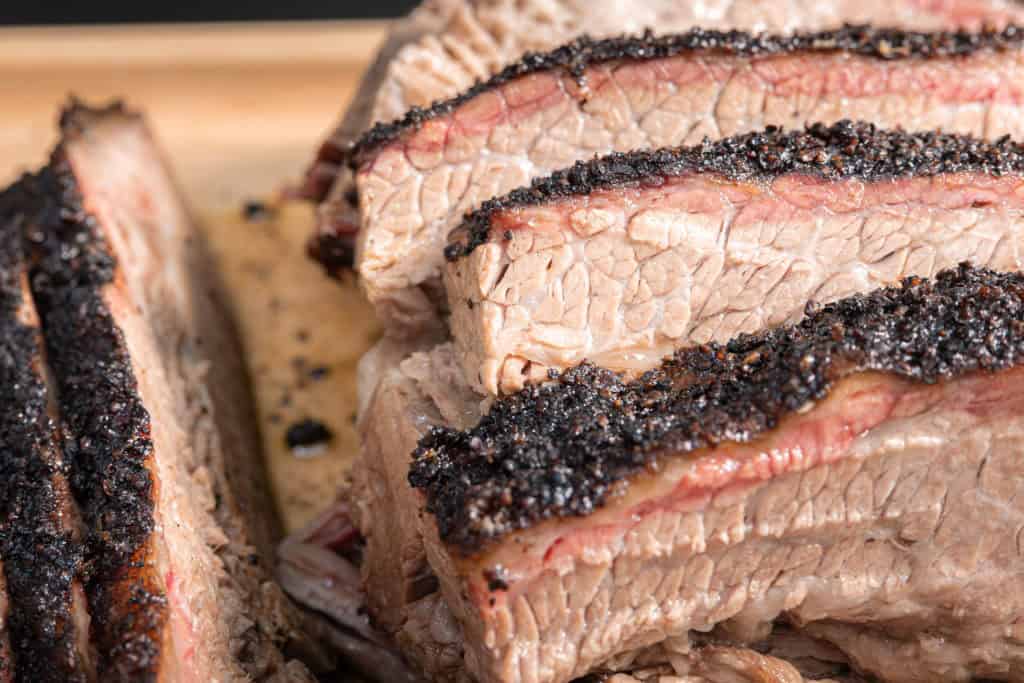
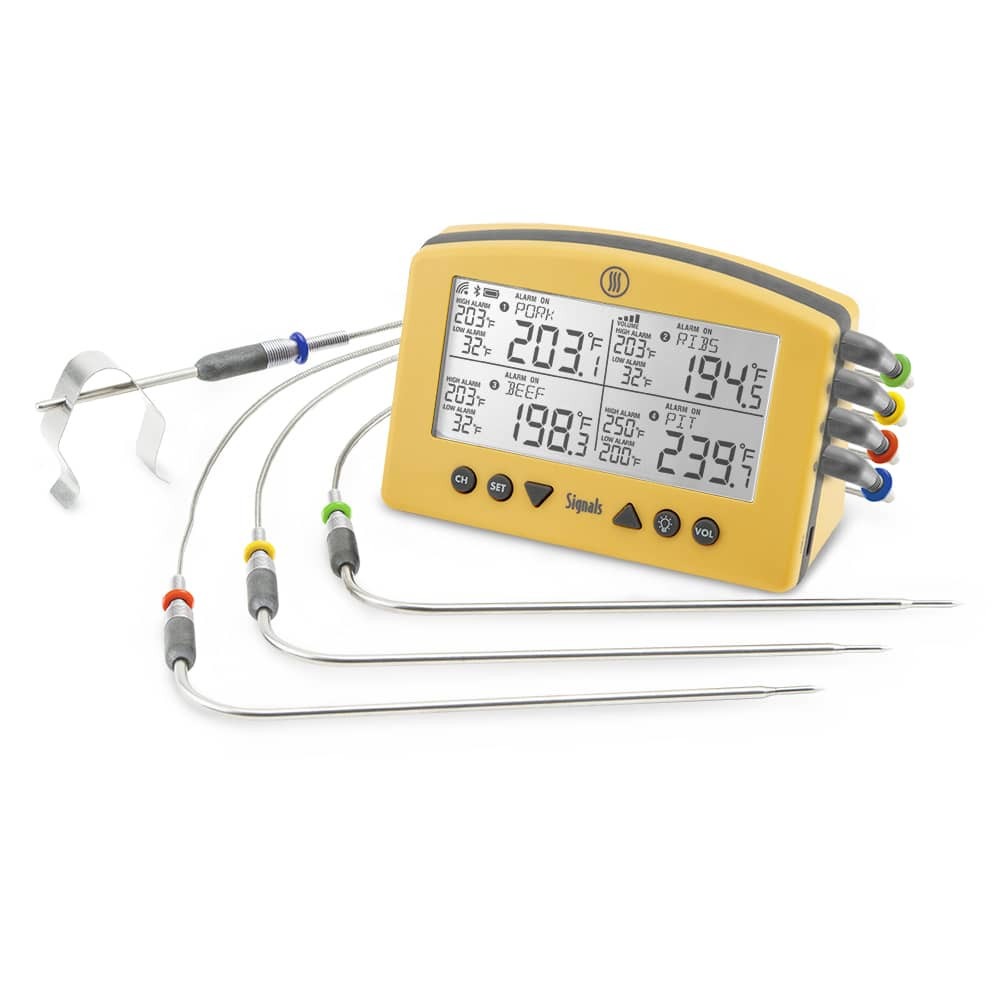

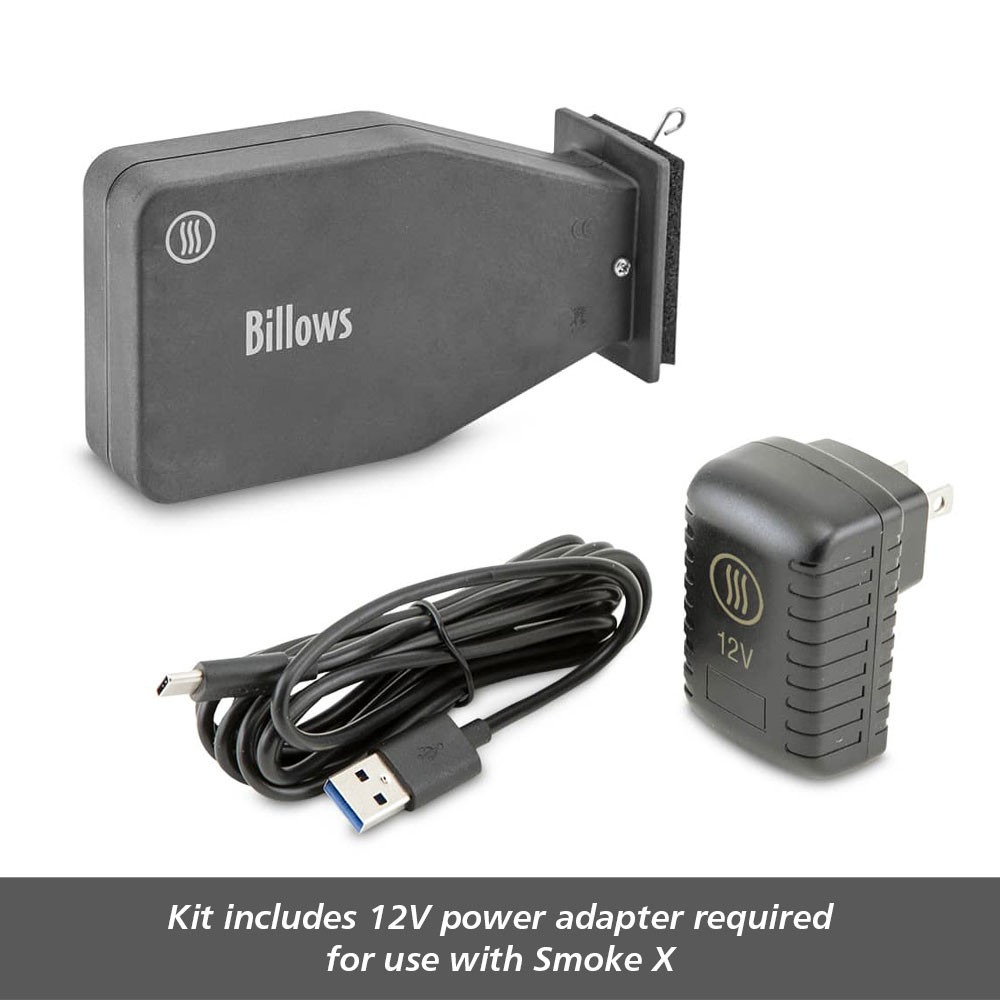
This is a great tip. Never thought of a boat! Thank you.
Disappointing: The so-called experts here seem to break one of the cardinal rules of temperature probes: The cables are not routed through the grommet port on the smoker but are instead crimped under the heavy lid.
You are right as right can be! It was a mistake, and we will do better!
Bradley(Chud) foil boats his brisket at around 180°.
I bet the foil boat would work for a pork shoulder/butt also. Keep a good fat cap on top for bark. What you think? Full packer brisket a LOT of meat to have around so I don’t know. Would love to try tho
Greg,
I think it should work great, especially if you have one with a good fatty side on it.
How would this way work with just the flat
Yes!
Seems to me on the brisket boat recipe you may get bark but it will be on the fat cap side if smoked fat cap up , and the meat side will not have bark or at least the bark will be soft.
I think if I try this I will go fat cap down and be sure to keep the meat side basted ever so often.
I say this because usually after my brisket is done resting my what fat cap is left I scrap away.
Also wouldn’t you get the same results using a disposable pan instead of curled up foil.
Anyway just my thoughts , I need some brisket now.
Thanks for all the great info.
Jason,
The point of having it fat-cap up is that you get a nice little layer of crispy fatty almost bacon-y bark on the fatcap. You could use a disposable pan, but you’d want to crinkle it all up on the edges of the brisket. You want it to be close-close, not just a pan in which to cook it.
Would this foil boat work effectively using Rusty Monson’s Hot and Fast Brisket?
I’m not sure! Probably? I’ll have to try it out.
Was thinking, why not just butcher wrap (in the boat) through the stall? Then pull the wrap off and let it do its thing in the boat to finish off.
Butcher paper wrapping and foil boat are just two different methods. Wrapping in butcher paper poses the risk of producing a soggy bark due to trapped steam. Also the fat juice can leak out of the paper and is lost. With foil boat, the steam just evaporates, the bark continues to build, and the fat continues to render. Also, the foil boat tends to capture the rendered fat and allows the flat, if you’re cooking fat side up, to soak it in. This keeps the flat juicier and more flavorful, in my opinion. Plus, after you rest the brisket, you can dump your saved rendered fat over the top of your perfectly made brisket!
with probes in flat and point, which one do you go by for boating/wrapping and pulling? the first one to reach temp?
Usually the flat, as it will overcook faster.
One of the problems with cooking a brisket or pork shoulder when you are having company is that the time until done is an unknown. Do you have a recommendation for finishing early with and extended rest or holding at a lower temperature? How long can such a rest or hold be done and what are some good methods?
YOu can hold it for HOURS, and it will get even better, usually! Aim to have it done WELL before your guests should arrive, and hold it, wrapped, in a cooler padded with some towels for extra insulation.